What Happened When I Finally Felt Seen in Media as a Filipina
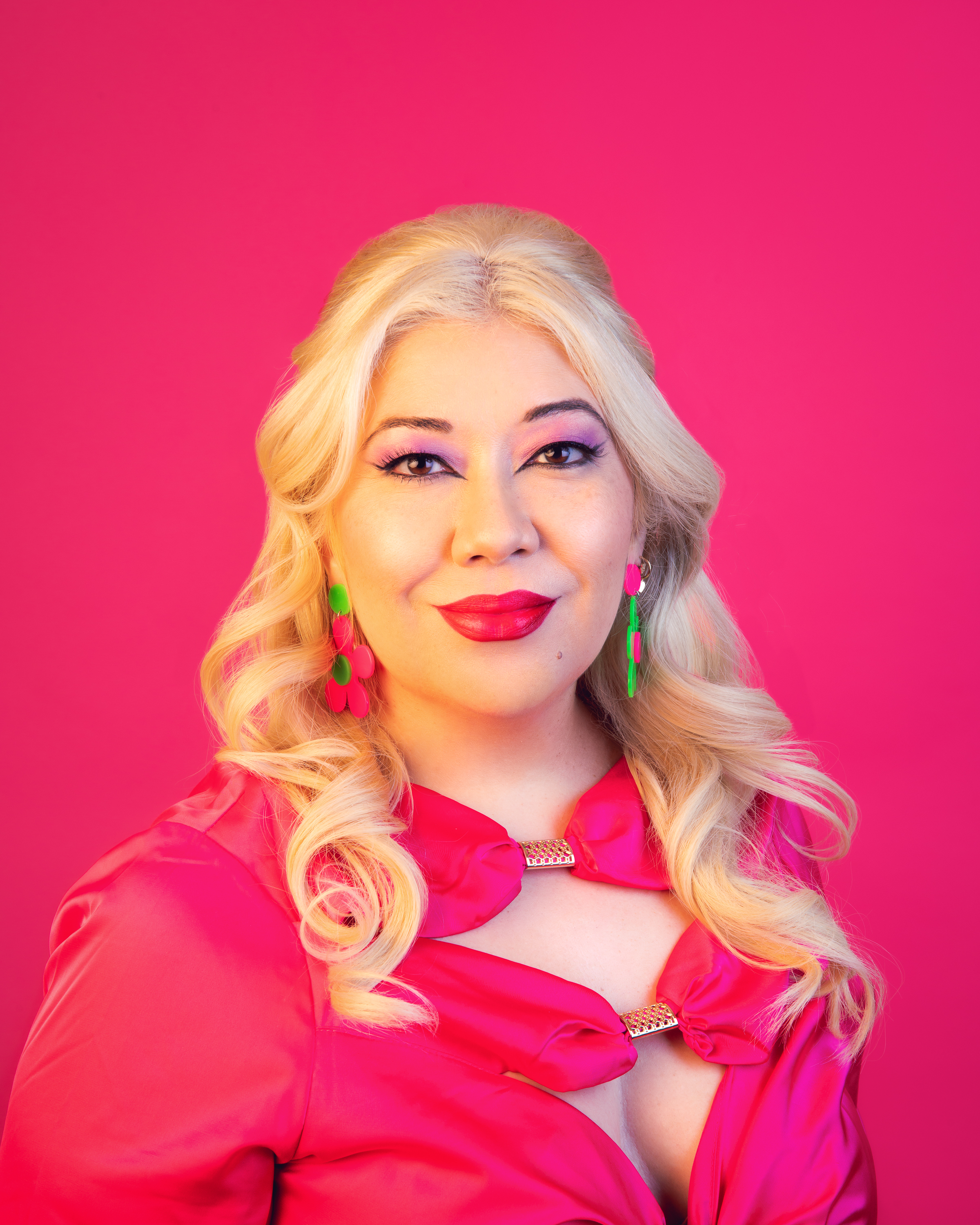
One of my favorite movies growing up (and to this day) was Troop Beverly Hills. While I’ve always adored Shelley Long’s portrayal of a glam Beverly Hills housewife-turned-troop leader, there was one character who especially stood out: Lily, one of the members of the Wilderness Girls troop. Played by Aquilina Soriano, Lily was Filipina, which was unheard of back in those days. Seeing Filipinos in movies and TV shows was not common and is still very rare, so seeing her meant a lot to me (especially because I ended up joining Girl Scouts later myself).
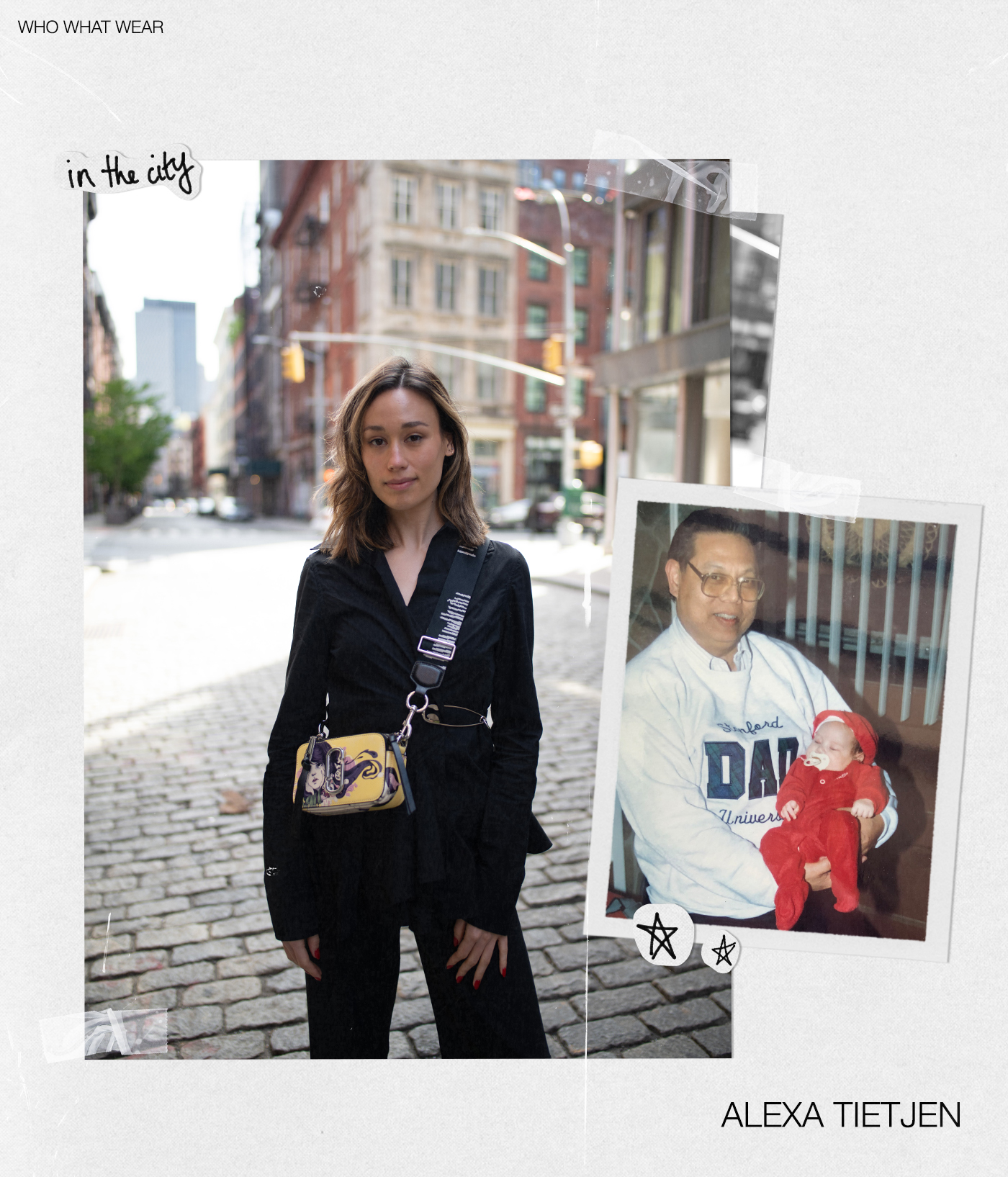
It wasn’t until around high school that I began to comprehend just how big of a deal it was to see another Filipino person on the big screen. Alexa Tietjen, the beauty and influencers editor at WWD, says that her mother, who was born in Manila, would get really excited whenever she found out a singer or an actor was Filipino. "That would really stand out to me because it didn't happen very often,” says Tietjen. She says she remembers when the Cinderella movie with Brandy came out because the prince was played by Filipino actor Paolo Montalban.
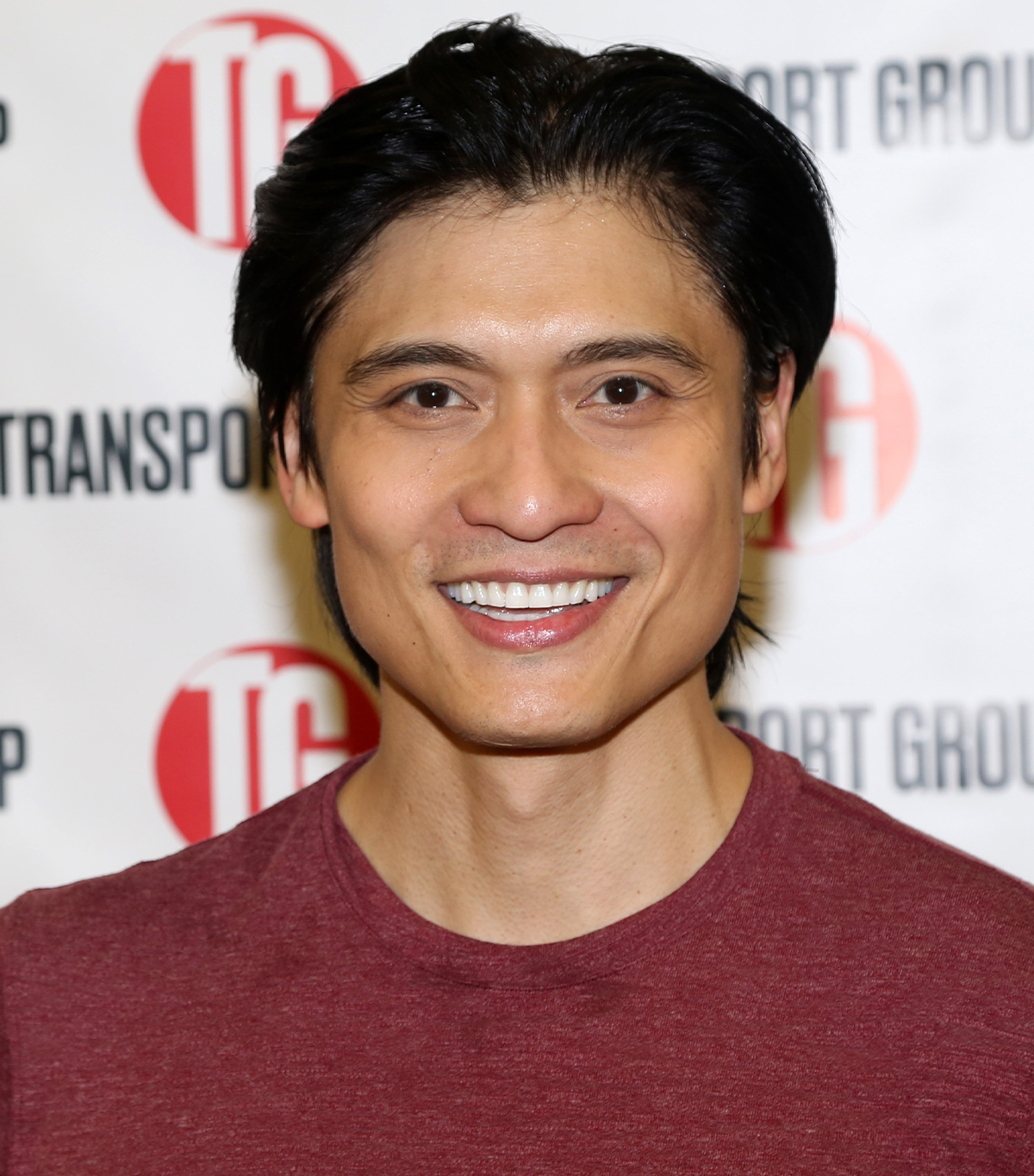
Martina Dorff, co-host of the Magandz podcast, says that she wasn't really aware of how little Filipino representation there was in the media, but definitely knew her options were limited. "As a child, my mom was more into assimilating into American culture than preserving her Filipino culture so we didn't have The Filipino Channel in our cable package,” she says. "I wasn't used to seeing Filipinos onscreen until I saw Tia Carrerre in Wayne's World on TV one day and was like, ‘That lady kinda looks like my mom!’ Around the same time, Mulan came out and my mom turned me into a Lea Salonga stan.”
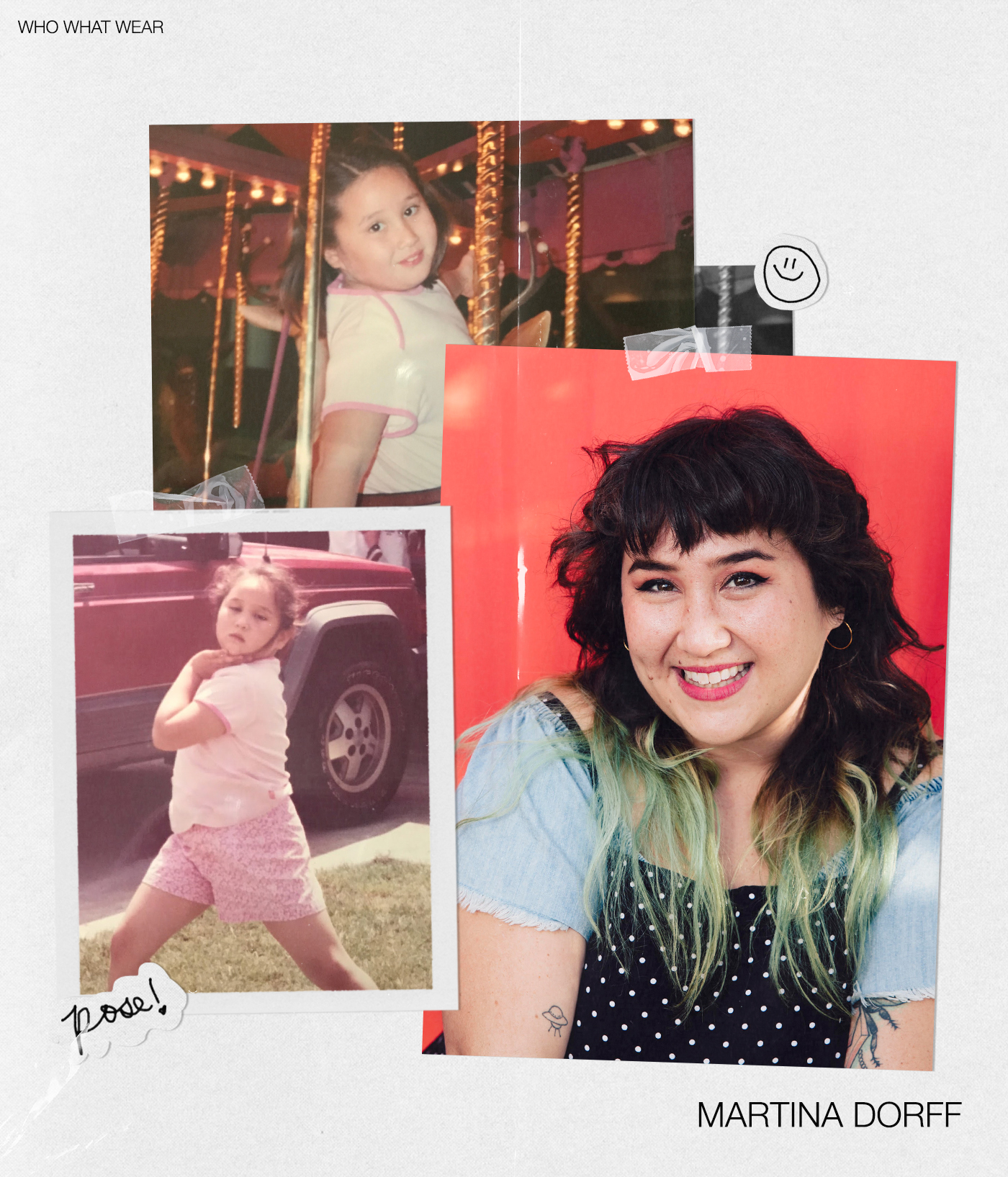
Chances are, if you’re Filipino American, you’ve probably had a running list of every single Filipino celebrity in your mind as long as you could remember (perhaps starting with Lou Diamond Phillips). Lea Salonga and Tia Carrere are two names that come up a lot.
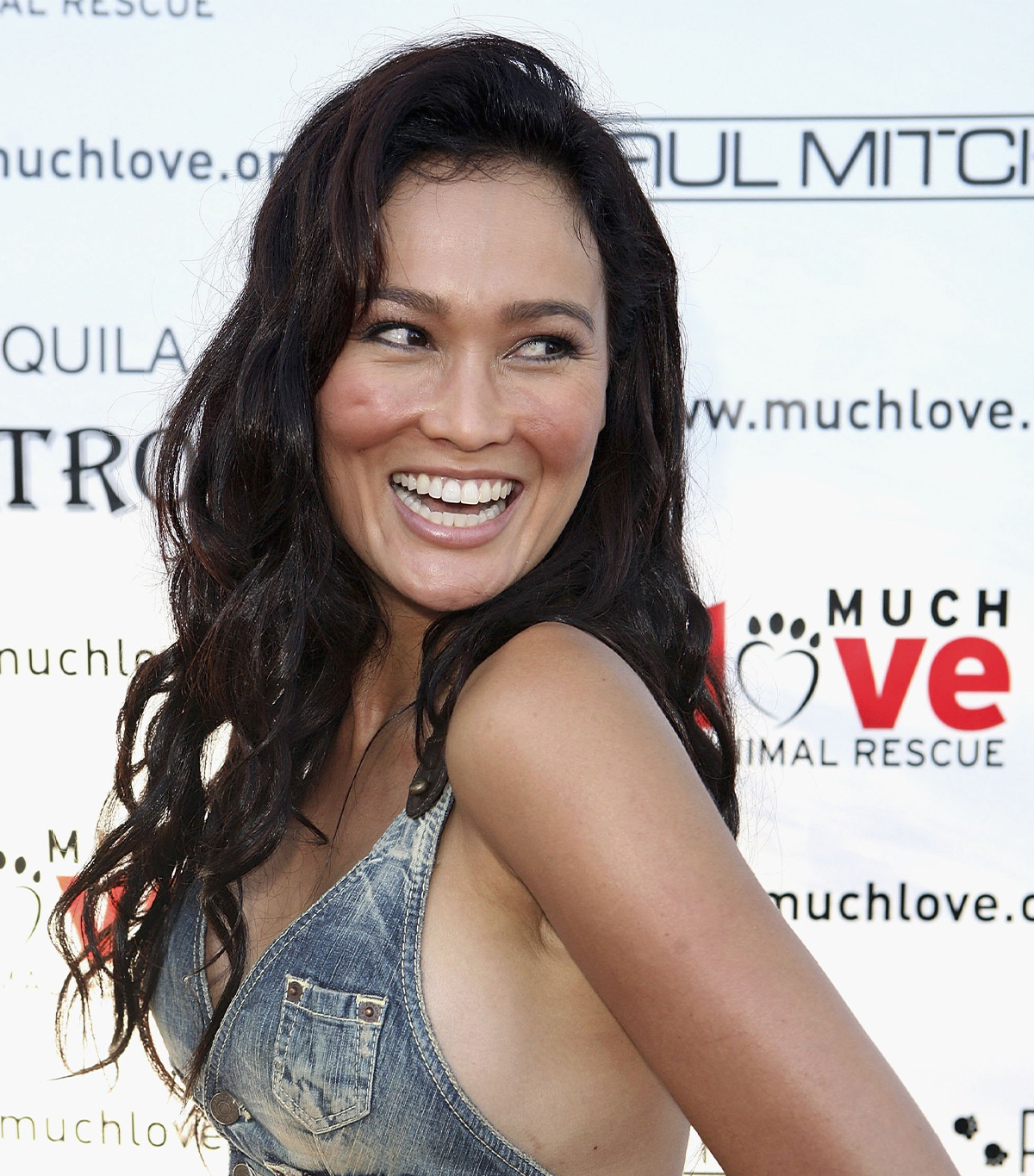
"Seeing Tia Carrere in Wayne's World when she was singing onstage made the movie extra fun and relatable because she looks like someone I'd see amongst my friends or family, "says Joyce Platon, makeup artist and host of the podcast Hello Beauty.
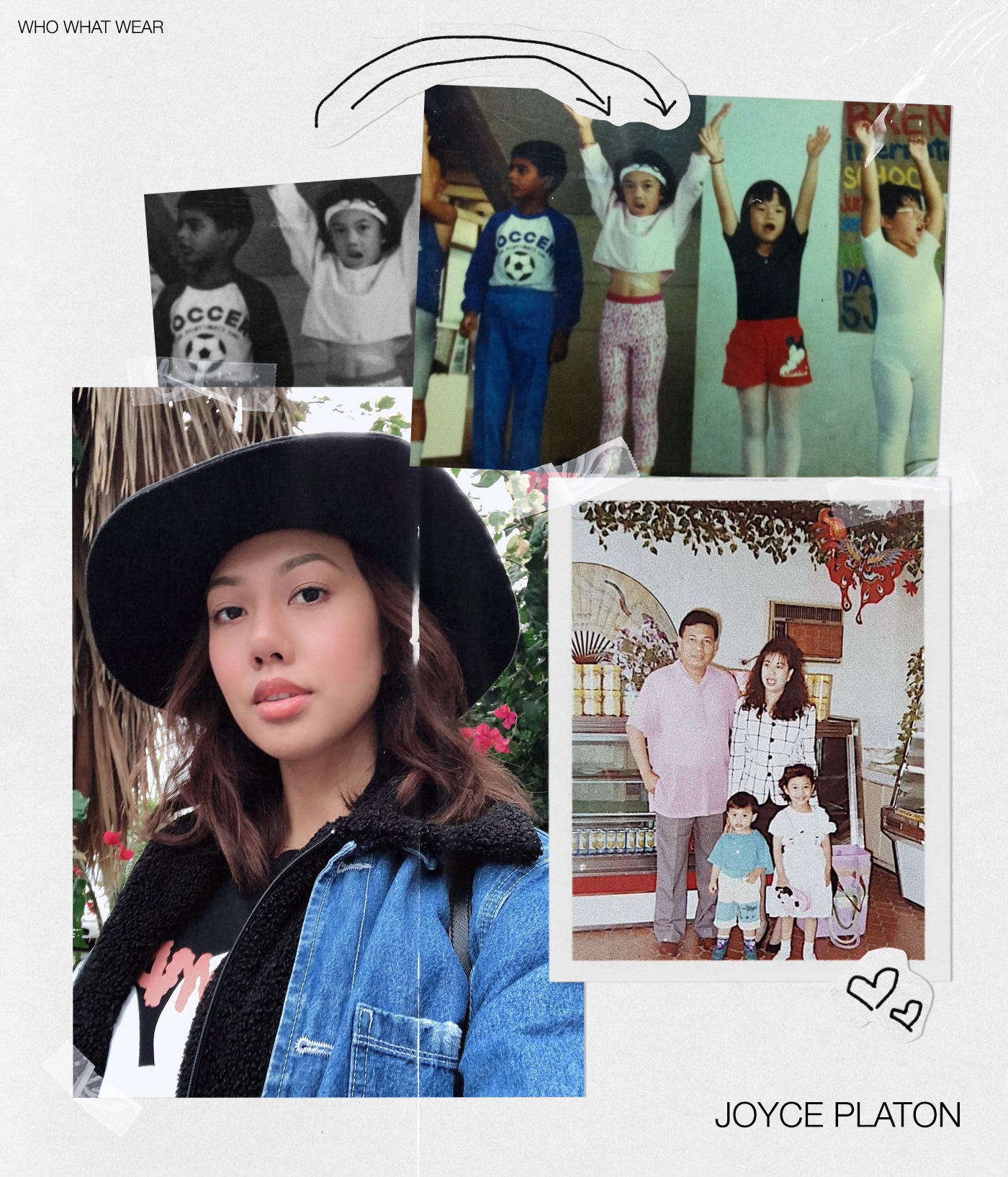
"I know Princess Jasmine isn't Filipina, but through Lea's groundbreaking talent as a Filipina singer, and as the first actress of Asian descent to win a Tony award, she represented us Filipinos and gave us a different kind of aspiration to achieve our dreams.” Sara Tan, beauty director at Refinery29 and co-host of Gloss Angeles, says Lea Salonga was "a huge icon” in her family’s household, especially as a young Filipina girl growing up in the 90s.
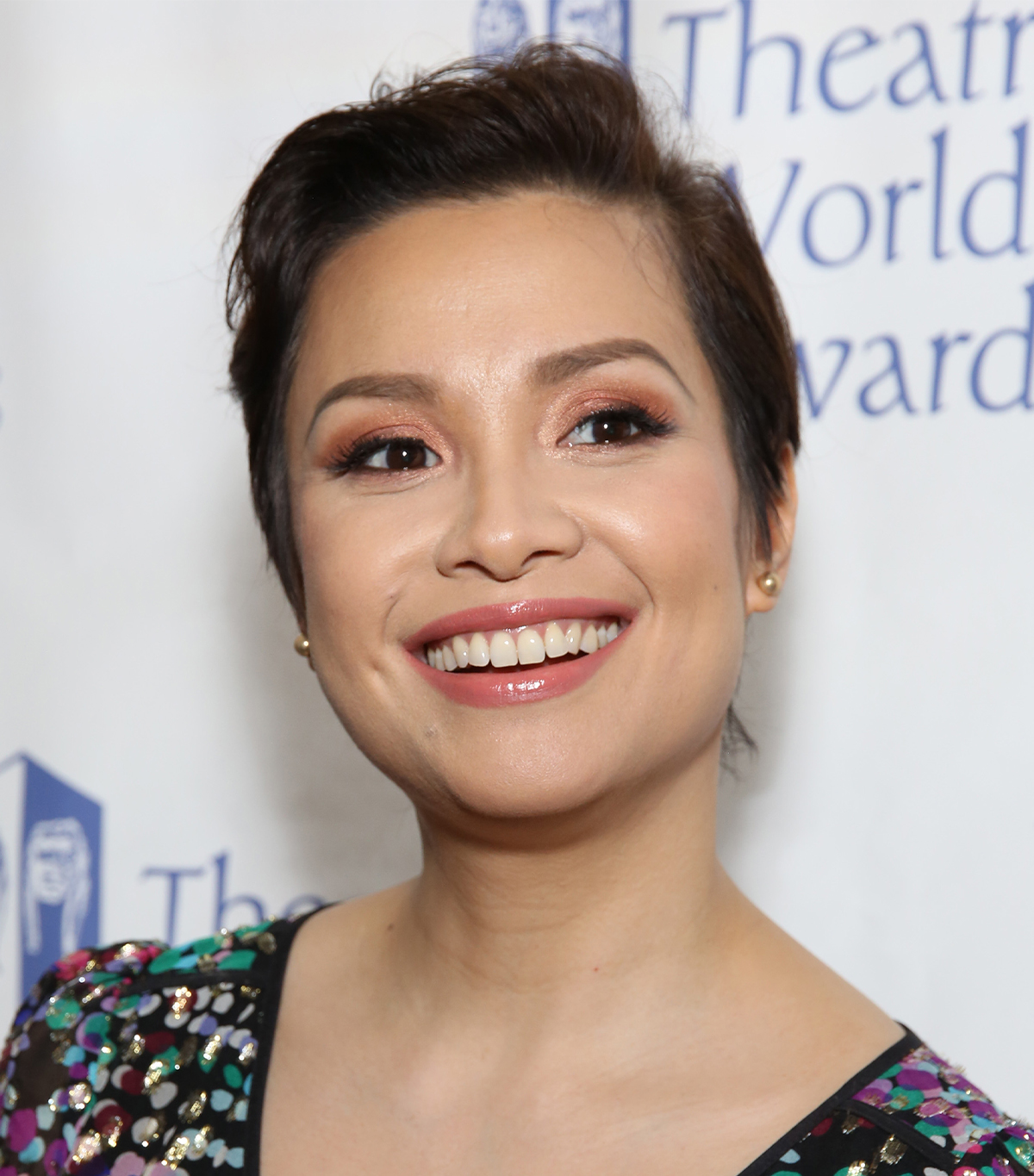
"I was filled with pride when I found out she was the singing voice behind Jasmine and Mulan. Because of her, I sang ‘A Whole New World’ at my kindergarten graduation,” says Tan.
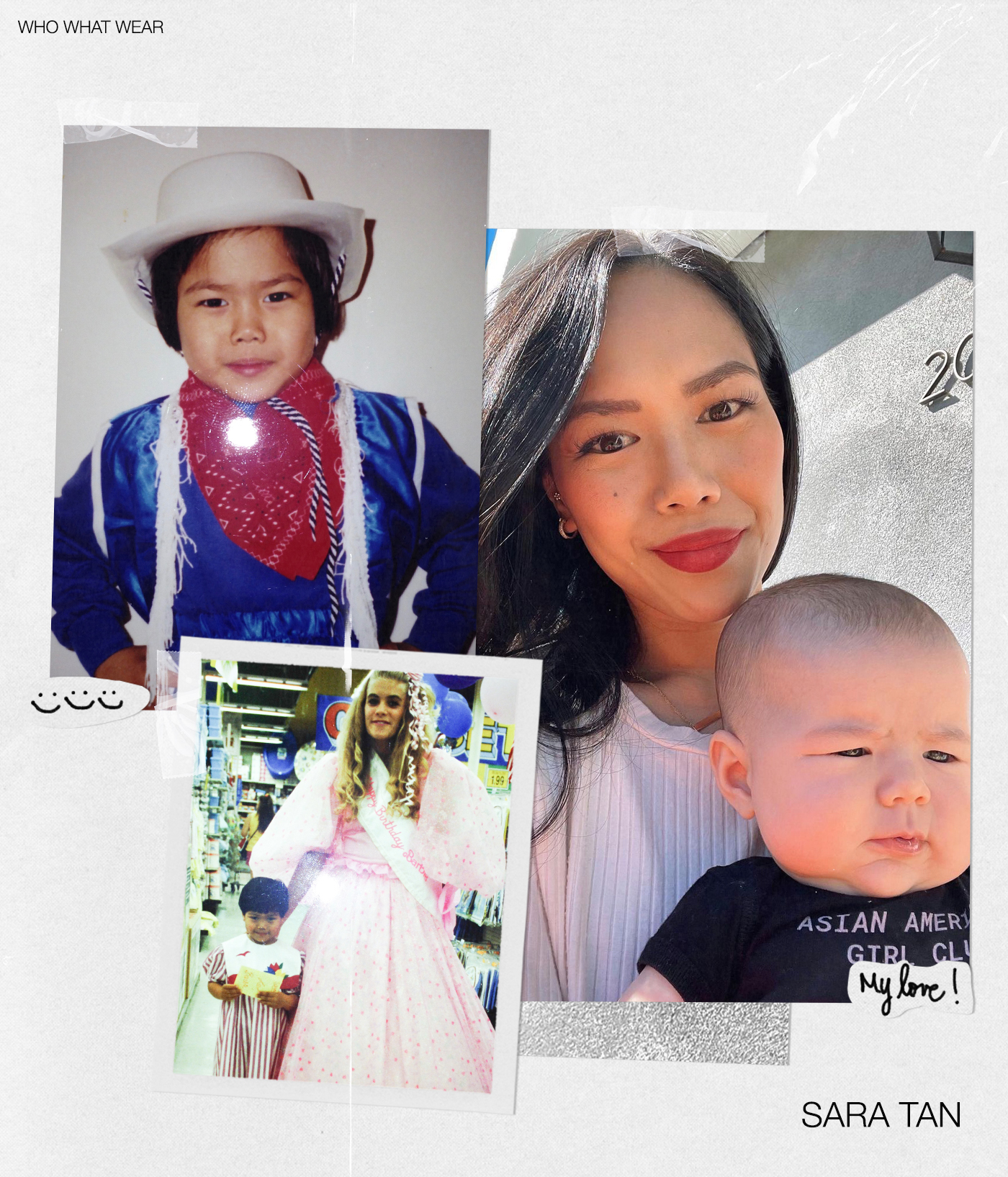
Despite being the second-largest Asian American group in the United States, Filipinos are extremely underrepresented, and like many other ethnic groups, are often ignored in entertainment, not to mention beauty and fashion. In fact, when I think about the beauty and style icons I had as a teenager, there aren’t any fellow Filipinas that first come to mind. There were none in the movies and pop culture that I absorbed, like Clueless or The Craft, nor were there any sashaying down the runaway in MTV’s Fashionably Loud or on a CoverGirl ad in my issues of YM and Seventeen. Being a teen is hard enough, but when you don’t really have any true representation, it can create a sense of isolation and unworthiness that linger in ways you may not really understand, especially at a younger age.
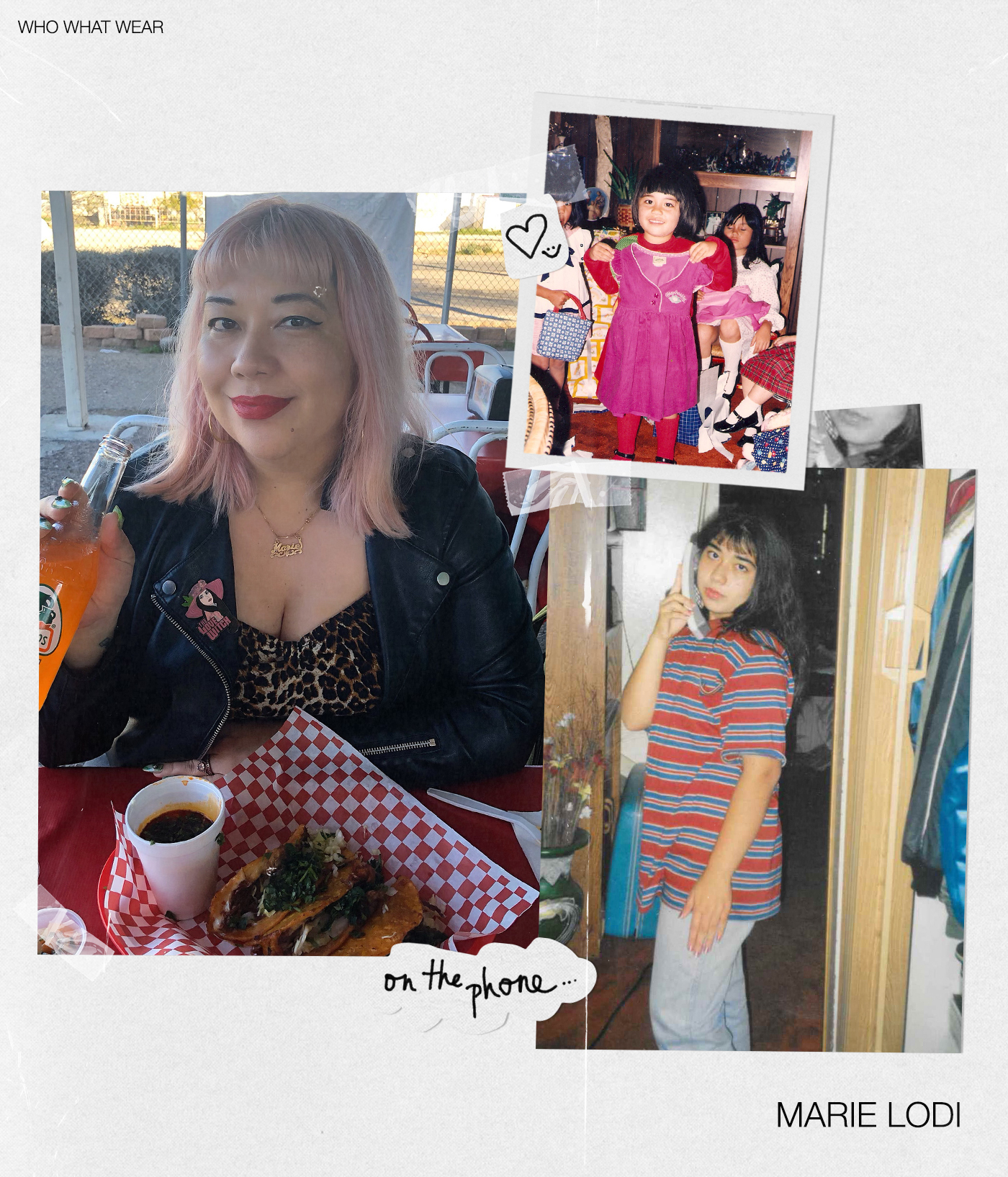
My mom is from the Philippines but my dad is white, which makes me someone who is commonly referred to as mestiza. As other biracial folks can attest to, sometimes there can be another sense of otherness that comes with being biracial. Oftentimes I’d feel "too white,” or "not Asian enough,” for my Filipino/Asian friends, but mostly I’d feel too Filipino for white friends. I was a nesting doll of otherness: Filipina, mestiza, and fat, but also shy with a resting bitchface that always got me into trouble. I was also mistaken for being from another ethnic background, which only complicated things even more, and I didn’t know what to do with those feelings of confusion and isolation except feel resentment.
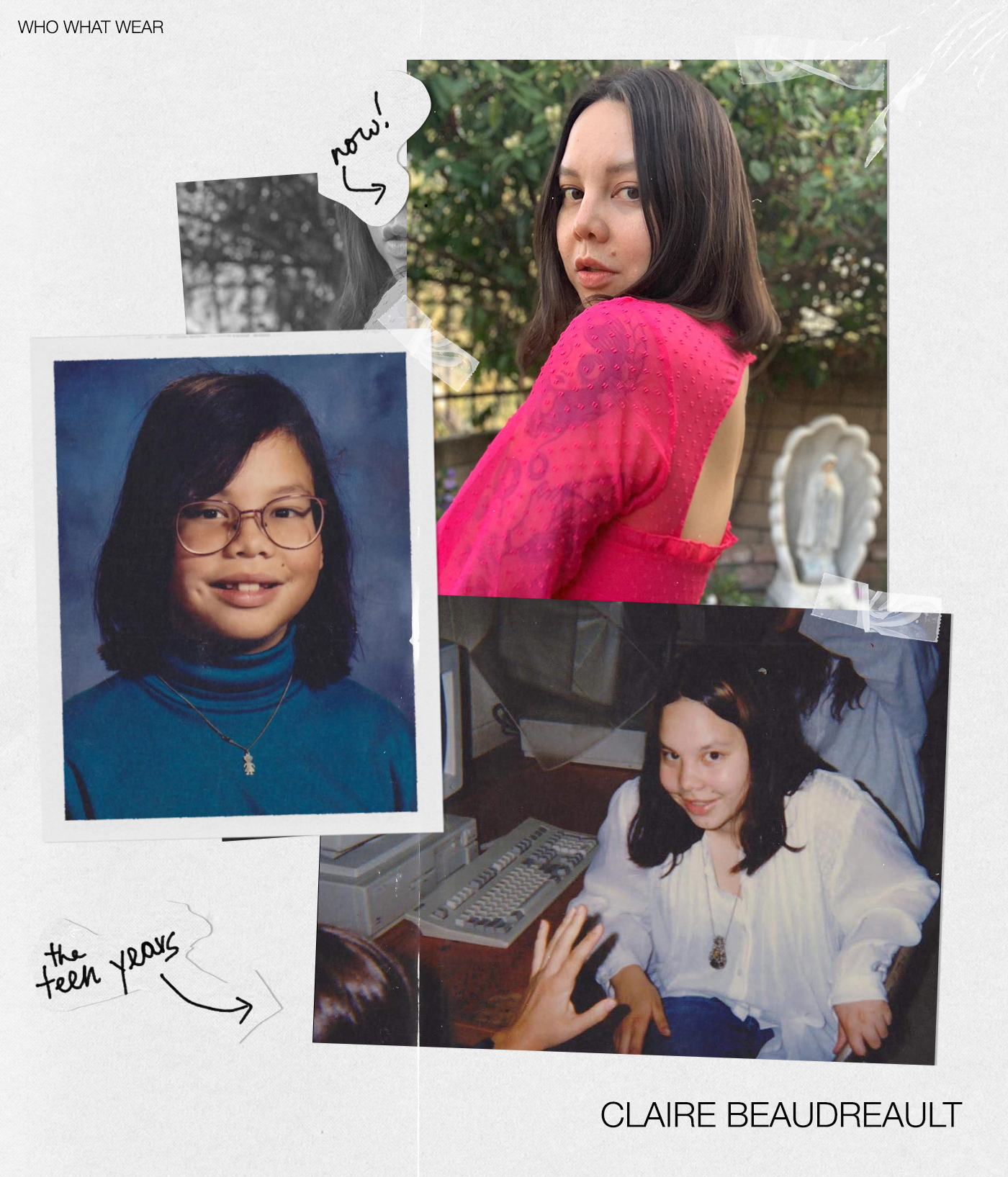
"As a person who dabbles in showbiz, I am always navigating what it means to be ‘ethnically ambiguous,’” says Claire Beaudreault, who also co-hosts the Magandz Podcast. "In the past when I was on [casting call networks,] I had a keyword alert for ‘Filipino’ and I would never feel Filipino enough for the role.” Beaudreault says that when she started getting into pop culture in the ’90s, she was constantly yearning for representation, so much that she would "project Filipino-ness” onto actors who weren't Filipino. "I was convinced that Jessica Alba was mixed Filipina, and I wanted it so badly to be true,” she says.
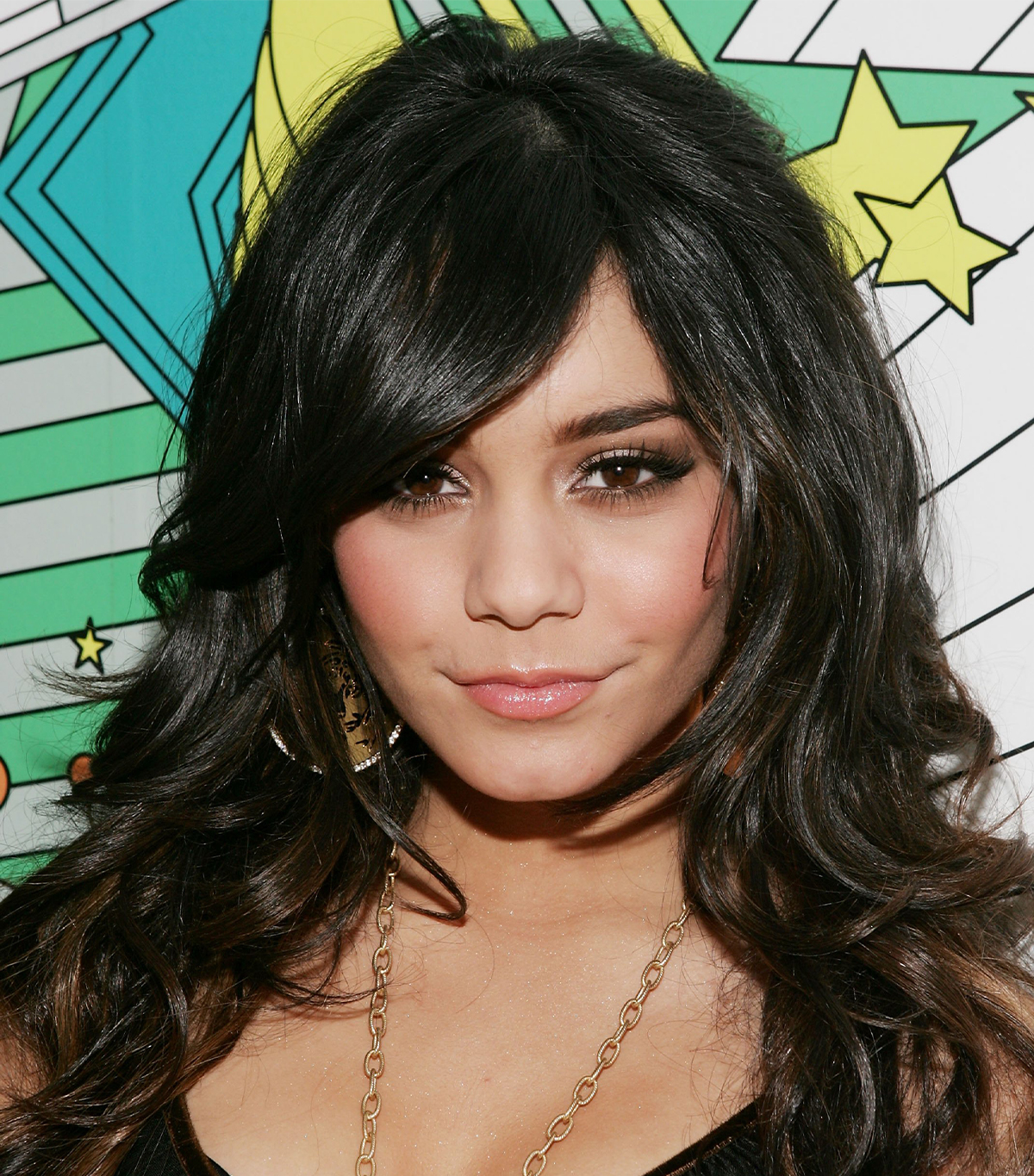
Even if we did see more Filipino actors on TV, they often portrayed other ethnicities. For instance, Vanessa Hudgens, who is half Filipino, played a Latina in High School Musical, as well as Lalaine Vergara-Paras, whose parents are both Filipino, in Lizzie McGuire. (In 2019, Vergara-Paras spoke out about being "forced to look as ‘white’ as possible” when she was growing up.)
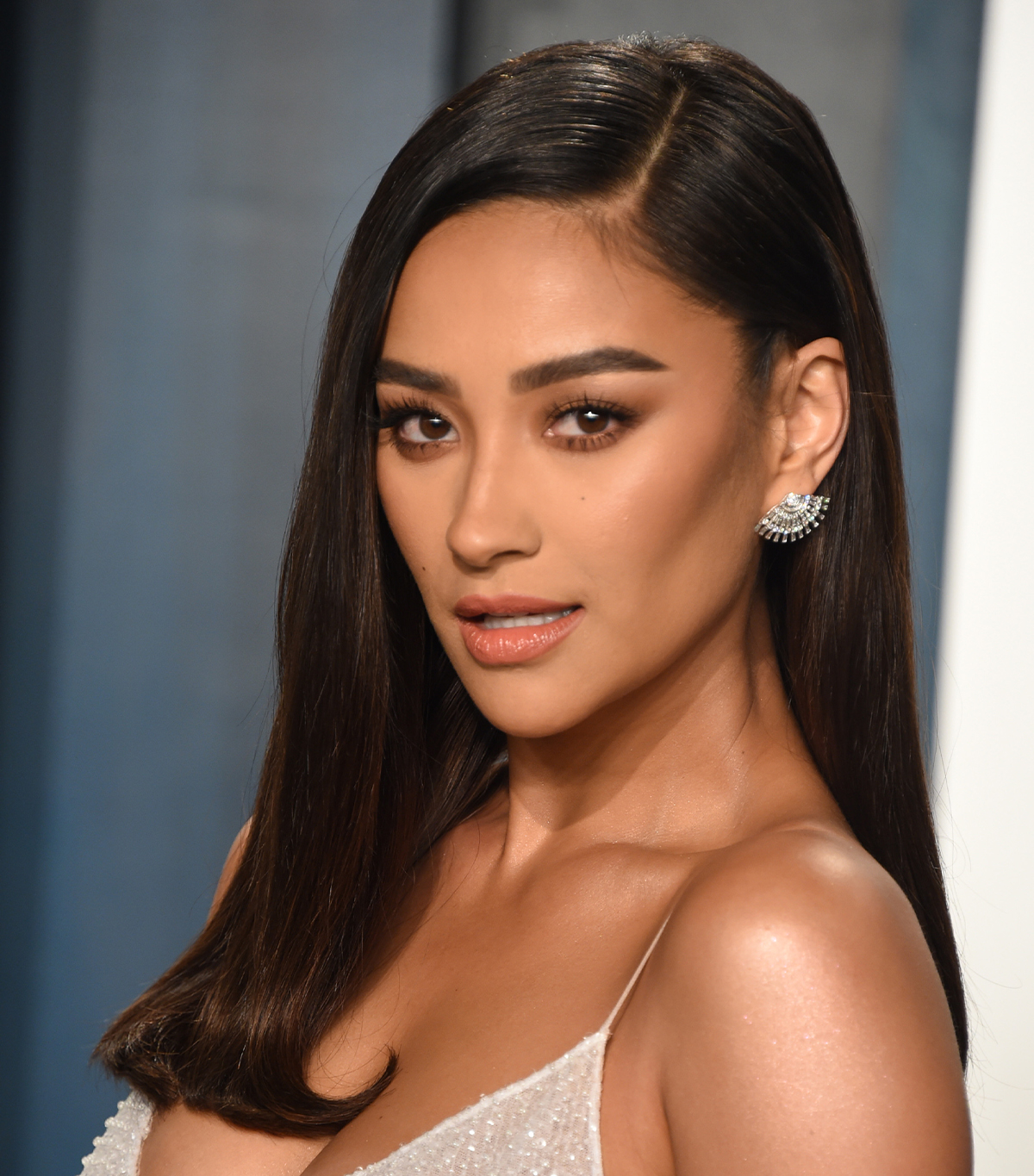
The topic of being mixed race is no doubt a complicated one. On one hand, I do get excited to find out when someone like Shay Mitchell or Olivia Rodrigo shares the same mixed Filipino background as me, but colorism is a definite issue that runs rampant among many cultures, including in the Philippines, and the representation that we do have in entertainment and beauty is majority mixed-race, with more Eurocentric features and lighter skin tones. "It's way less common to see Filipinos who maybe have a darker complexion,” says Tietjen. "There's just less diversity of Filipinos in the media; they usually are mixed, or like, look a certain way. It would have been more helpful to see Filipinos of all shapes, sizes, backgrounds, and complexions because it's just a more accurate depiction of Filipino culture.”
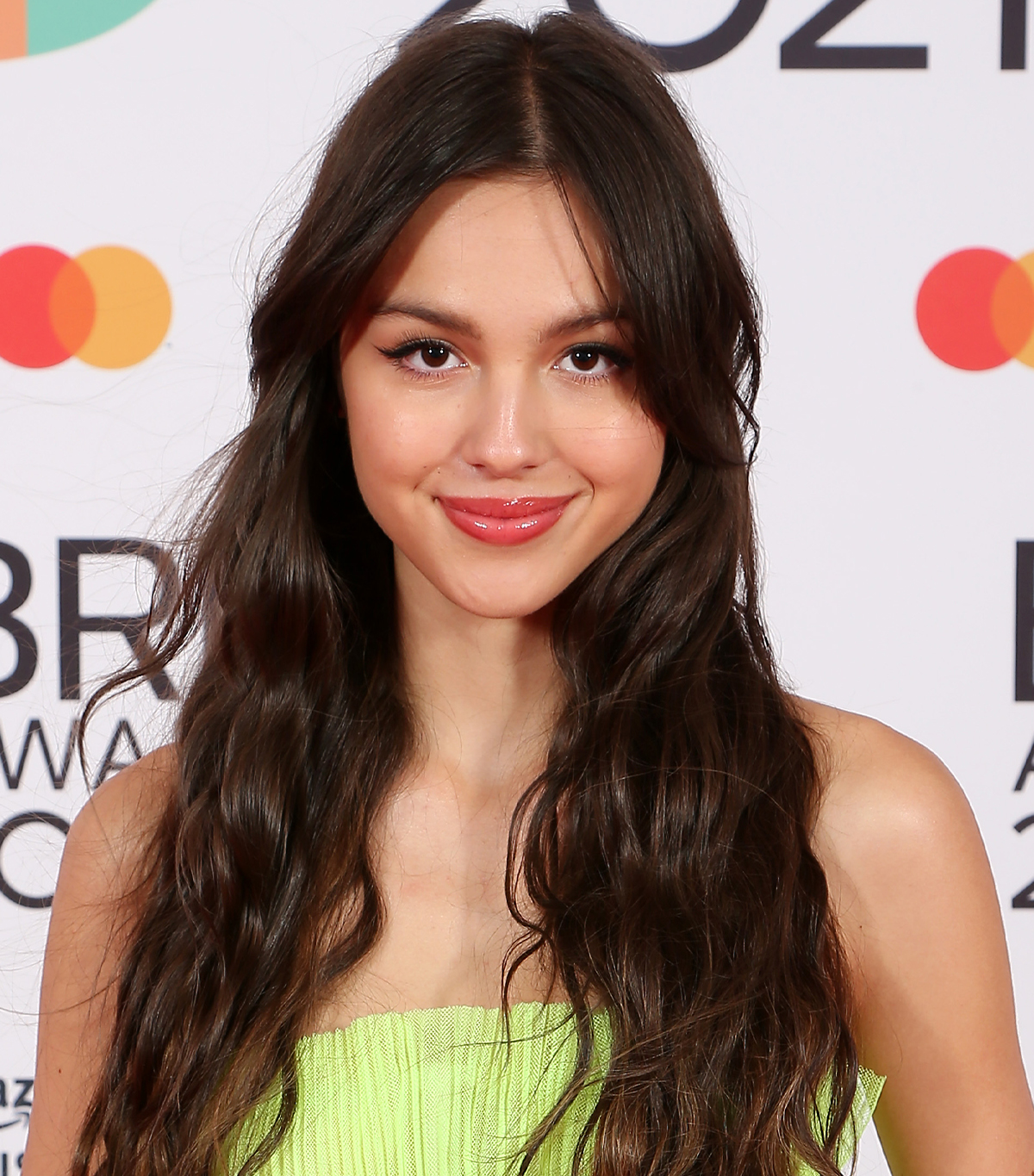
Tan also points this out: "As great as it is that we see more Filipinos in the media, when they're mostly lighter-skinned mestizos, it can further the stereotype that proximity to whiteness is most beautiful and more superior. We are a country of over 7000 islands—we are so many different shades, shapes, sizes, and descents, all beautiful and deserving to be seen and heard. I would love to see this (us!) better represented.” Dorff also wants more diversity in size. "I want to see more fat Asian chicks in general! Beauty companies specifically should be employing more fat models for their products, especially because their products are not limited by sizing,” she says.
"Despite being a Catholic and conservative place, in my experience, I have always observed a level of acceptance and love for queer and trans people in the Philippines and diaspora,” says Beaudreault, who admires how models Geena Rocero and Leyna Bloom are representing for trans Filipinas. "The first time I ever saw and really understood trans people was in the Philippines,” she says. Beaudreault is grateful that her nieces get to grow up with more examples and role models than she did.
We have a long way to go with representation, not just for Filipinos, of course, but for all marginalized groups. I’m glad the younger generation has a lot more people to look up to than we had—from beauty icons like Bretman Rock to Patrick Starr to Saweetie to H.E.R. Maybe there’s a Filipino teen out there who finally felt seen when they first saw them, too.

Marie has covered beauty, fashion, and lifestyle for almost 16 years. She contributes to the beauty section here at Who What Wear. Previously, she was the Looks Editor for Bust Magazine, built the beauty vertical at HelloGiggles as its beauty editor, and was a founding staff writer at Rookie mag, giving fashion advice to teens. Her bylines have appeared in The Cut, Allure, Glamour, The Hollywood Reporter, and more. She was born and raised in Southern California and is based in L.A. Marie is a self-proclaimed costume design nerd and a co-host of Makeover Montage, a podcast about fashion in film and costume design.
-
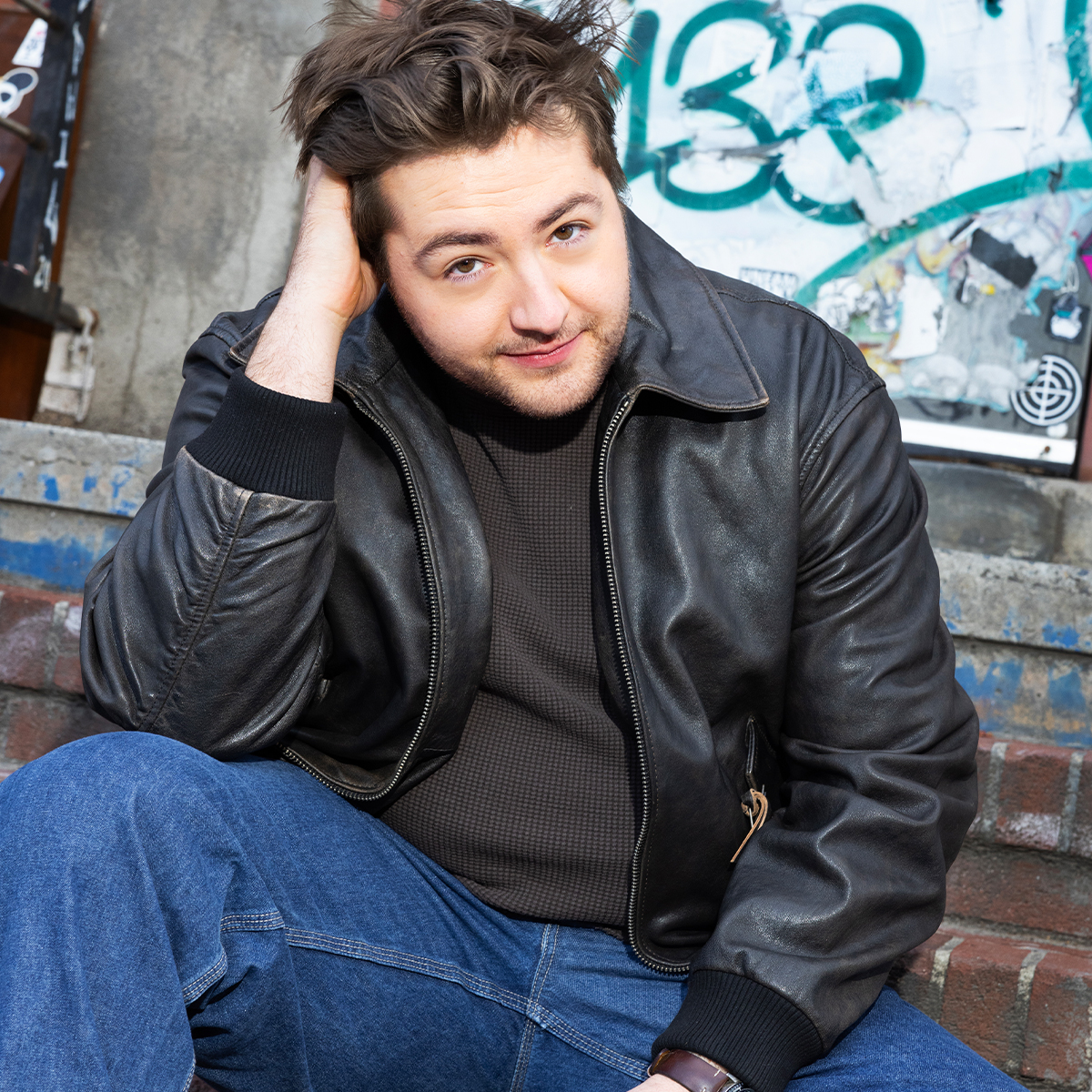 Michael Gandolfini Is Right on Time
Michael Gandolfini Is Right on TimeWith the anticipated finale of Daredevil: Born Again and A24's Warfare, the actor strikes a high note this month.
By Jessica Baker
-
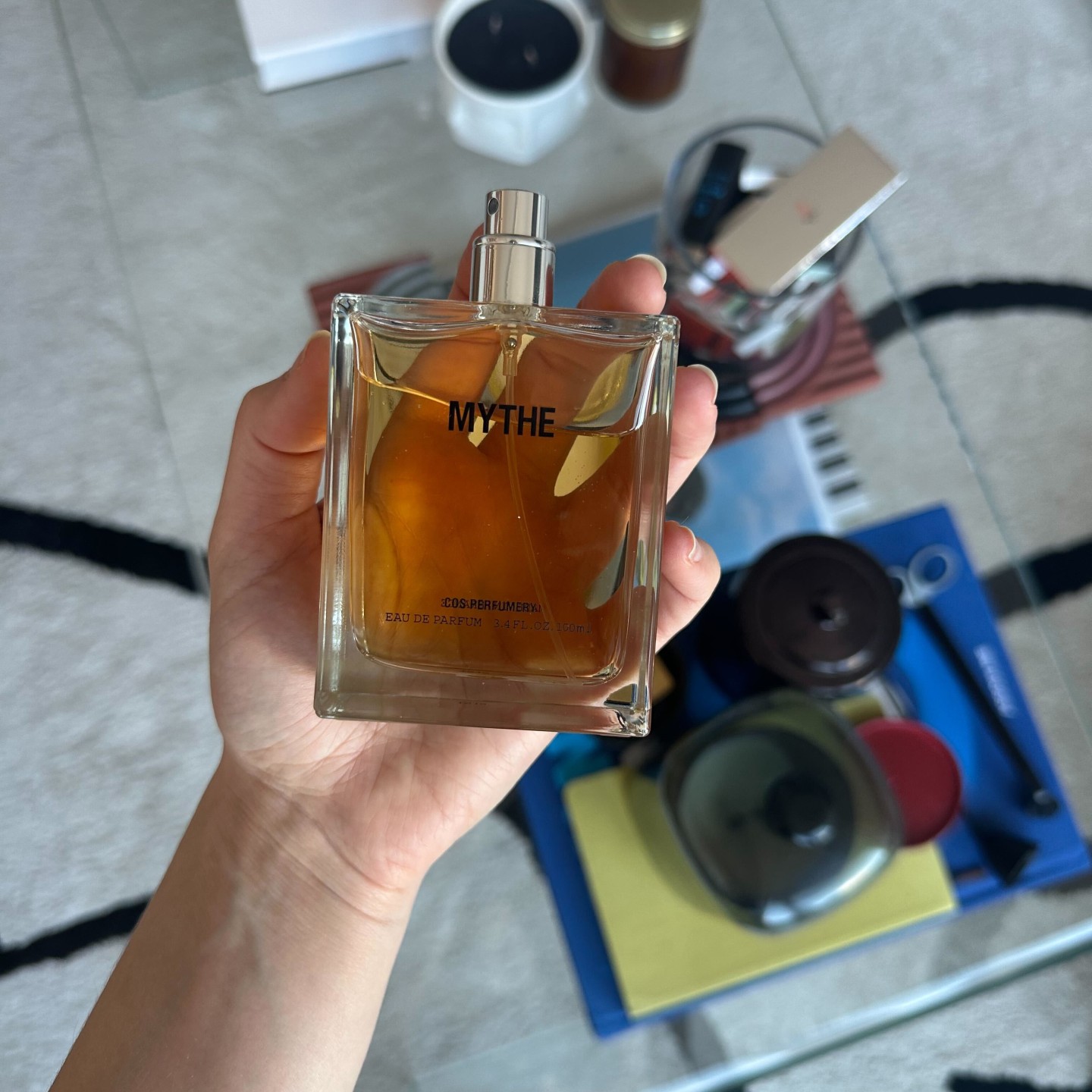 I Can Attest—COS Fragrances Are Just as Minimalistic-Chic as the Brand's Elevated Basics
I Can Attest—COS Fragrances Are Just as Minimalistic-Chic as the Brand's Elevated BasicsI’ve never smelled more expensive.
By Jamie Schneider